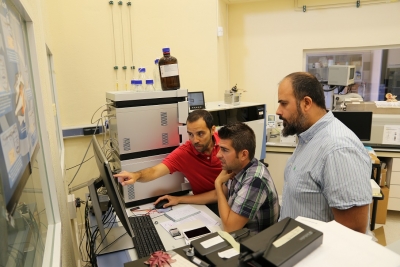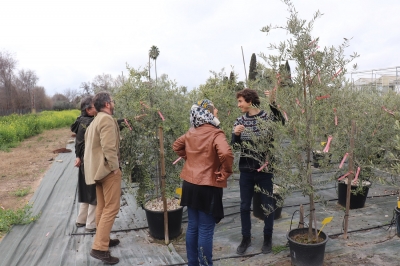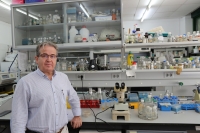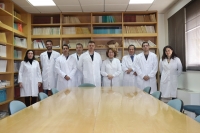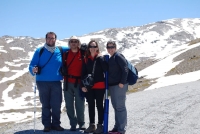A University of Cordoba research team, for the first time, applied a protein identification technique to this product on a massive scale and found activity of healthy compounds
OLIVE MIRACLE. An application to predict the future of the olive tree
Escrito por UCC+IThe European 'Olive-Miracle' project is developing a model that predicts the behaviour of olive groves in the face of climate change throughout the Mediterranean
Part of the immune strategy of the strawberry plant is characterized
Escrito por UCC+iA University of Cordoba research group classified a gene family responsible for partial control of strawberry defense mechanisms when attacked by common pathogens in crop fields
PARAGONE. The Fight Against 'Helminths', The Parasites Scourging the Livestock Sector
Escrito por UCC+IThe Paragone project is developing new potential vaccines to fight against these pathogens in production animals
21st century archaeology has rediscovered historical Cordoba
Escrito por UCC+IUniversity of Cordoba researcher Antonio Monterroso Checa applied aerial laser LiDAR technology to draw out the ancient geomorphology of the city of Cordoba
Snow monitoring at the Sierra Nevada peaks offer the first medium-term data sets
Escrito por UCC+iA research group at the University of Cordoba published 14 years of weather monitoring in the Sierra Nevada along with photographs of snow distribution


